In Conversation: Sara Topham
In preparation to take on the iconic role of Joan of Arc in George Bernard Shaw’s Saint Joan, Sara Topham travelled to many of the significant places the real-life Joan spent time during her short life as a teenage military leader, hero of the Hundred Years’ War, and martyr who was burned at the stake at the approximate age of 19. Sara told us about her trip.
Making the Joan of Arc pilgrimage
As a kid did you ever read A Wrinkle in Time? In that book, the witches explain time travel. I’ve never forgotten this, ever. They say the shortest distance from A to B is a straight line, except when it isn’t. When A and B can be brought together by a fold in the fabric of time, that’s how time travel works. And for me, that’s what this trip granted.
I had a little break before Shaw rehearsals started, and so my husband and I went to France to do the Joan pilgrimage. We went to Domrémy, her hometown, to Vaucouleurs, where she was given a horse and armour, to Reims, where Charles VII was coronated with her help, to Compiègne, where she was captured, to Rouen, where she was killed, and finally to Paris.

How Joan’s history exists alongside the present day
Most of the buildings in Domrémy date from Saint Joan’s lifetime or before. When you walk in the village, the buildings that you’re seeing are her buildings. It’s pretty wild. There are two people in the village with keys to the church, and so somebody goes and opens it at 9 a.m. and somebody closes it at 6 p.m. And so the church is just empty. I could just go and be in there, totally by myself. They still baptize babies in the font where she was baptized. The statue of Saint Margaret that Joan spent many, many, many, many hours praying in front of—it’s still there, standing on the same pillar it stood on when she was there.

The Basilica in Domrémy (Photo provided by Sara Topham)
The bridge in Compiègne where Joan was captured, outside the city… now there are apartment buildings there. Somebody comes home every day and walks into a building to go to bed, and under them is the bridge on which Joan was captured. In Rouen, there’s still a public square in the place where she was burned. Surrounding it are businesses. And if you look across from the place she was burned, you can see a Ferris wheel. And yet—something shifts in people when they walk past the cross that’s the demarcation of her place of execution. You see it in people’s bodies.
For France, she was a heroine from the moment she set foot on that battlefield in Orléans. From the moment she was granted the army in Chinon, her village became a place of great wonder. And you really feel the unbroken chain of history. It’s very, very potent there.

The Joan of Arc Tower in Rouen (Photo provided by Sara Topham)
The local reaction
At the first place we stayed, in Domrémy, when I told the hosts why I was there, they immediately said: “Oh, Tara was here eight years ago!” Tara Rosling, who was the last person to play Joan at Shaw, had stayed in that place. That was a big deal for them. When I said I was with the Shaw Festival, they remembered: in Canada. They remembered Tara, from all those years ago. So that was a lovely welcome.

Joan’s house in Domrémy (Photo provided by Sara Topham)
We became quite chummy with the women who runs the little shop opposite the church, which has lots of Joan memorabilia. My husband speaks French, I just speak Canadian high school French, and Où est la bibliothèque is not that useful. But she spoke a little English, and he kind of translated [the rest]. I was having trouble deciding between two medallions. One was the statue where Joan is holding the sword upside down like a cross, and the other is her in Domrémy as a girl hearing the voices. The woman was very quiet when I was choosing. When I eventually chose the one where she’s hearing the voices, the woman got quite emotional. She said to me: “That’s our Joan. Not the soldier, the girl.”
When the people in the towns know why you’re there, they see you as their responsibility. And they love the Shaw play. We talked about the fact that I had been in The Lark, which is the Jean Anouilh telling of the Joan story. I didn’t play Joan, but I was in it. They know the Anouilh play, they know other versions of the play. But the one they really like is Shaw’s. They’re very able to talk about it, and I could feel this need [they had] to give me what I needed to tell her story.
On mostly avoiding museums
It’s sort of an instinct thing. When you’re going to do something this big, you have to get pretty quiet and really listen to your gut about what you need. And I think what I partly was less interested in was people’s ideas about Joan from the outside. The places interest me because they’re pure. The woods in Domrémy—when you walk through those woods, the woods don’t have an opinion about Joan.

The well at the mythical Fairy Tree outside Domrémy (Photo provided by Sara Topham)
On what the trip meant for the role
At the end of the play, when Joan says, “To chain me up so I can never ride with the soldiers nor climb the hills”—I got to climb those hills. And there’s just something about that that you can’t really put into words. It’s the experience of knowing that you’re walking on that earth. The earth is the same, the sky is the same.
Of course you could play Joan of Arc without going to those places. Of course you could! And going to these places will not replace the work of acting—you could go to those places and do a very bad job. But if you get that work lined up, and you find your way through the play, it really is like saffron—that thing that you can’t quite put your finger on when you go and eat a great meal.
Sara Topham is currently starring in Saint Joan, on at the Shaw Festival’s Festival Theatre until October 15.
Click here for tickets or more information
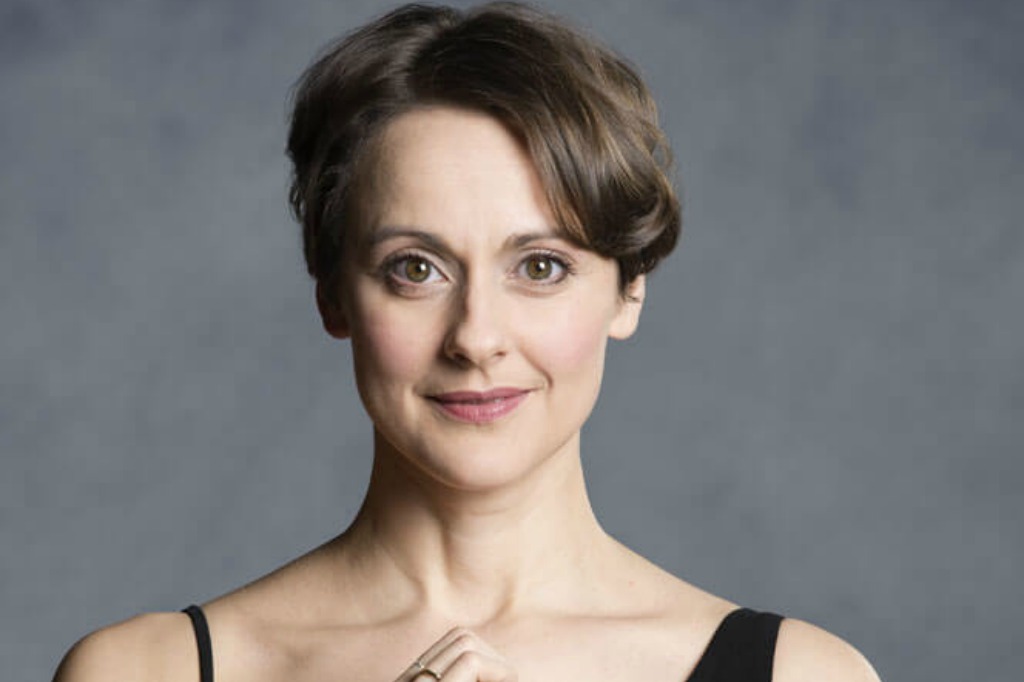
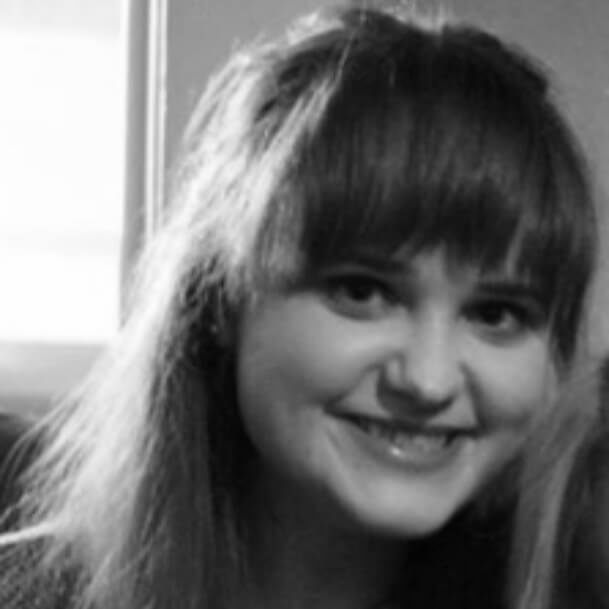
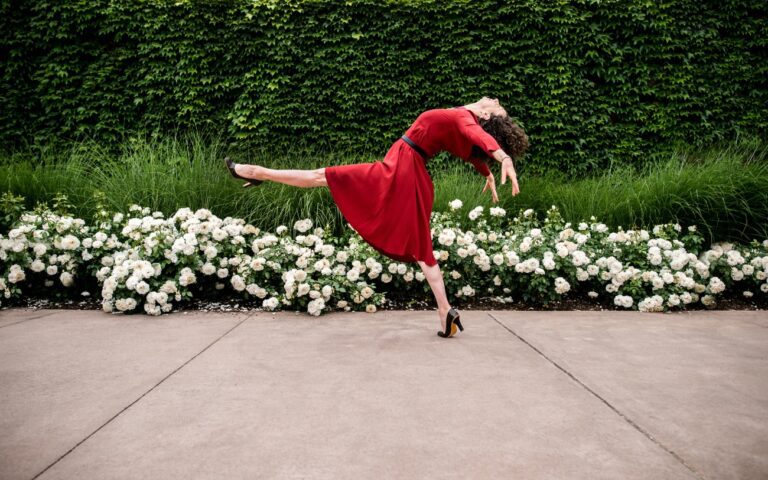
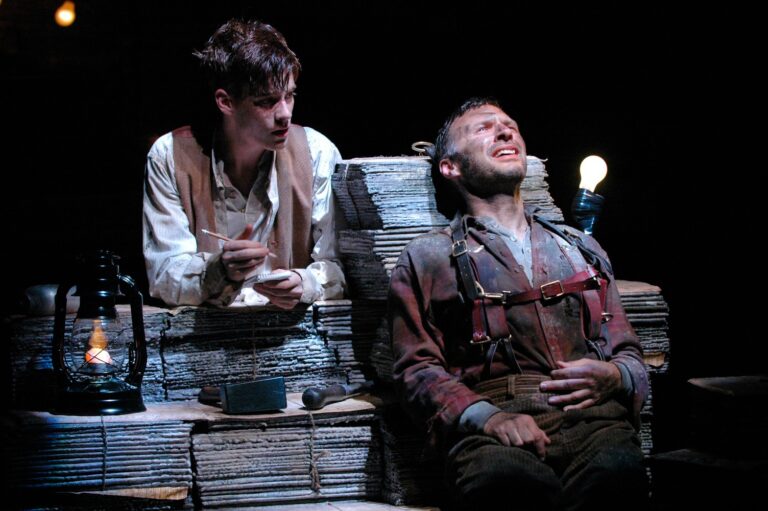


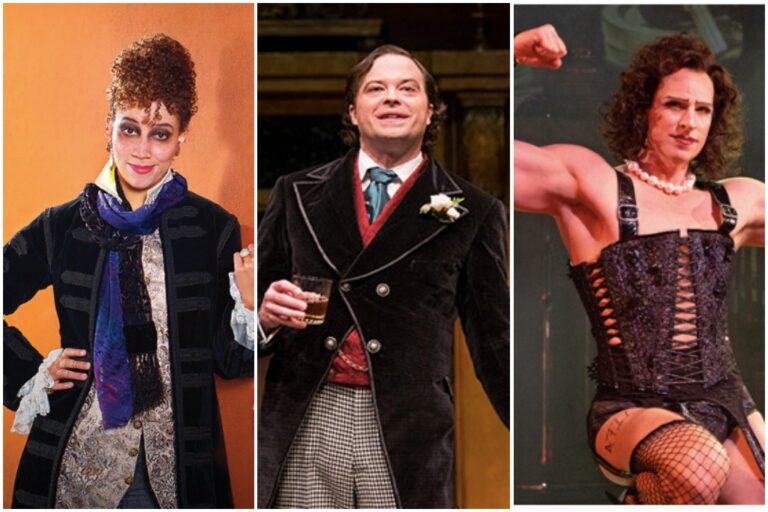


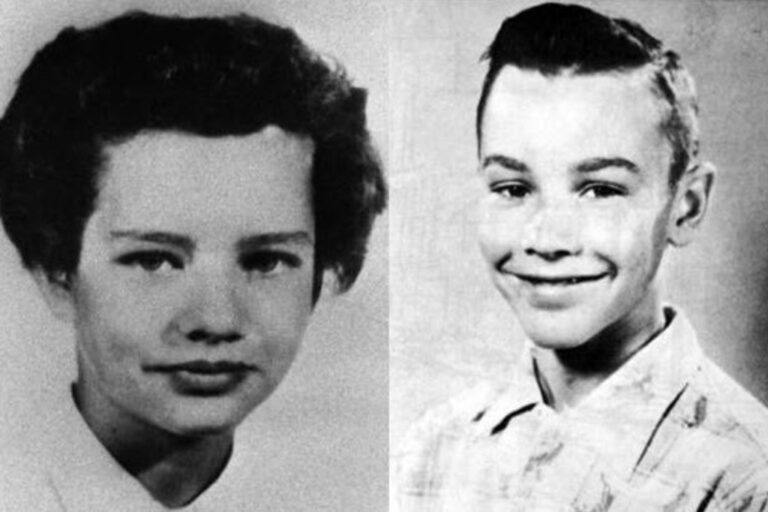
Comments